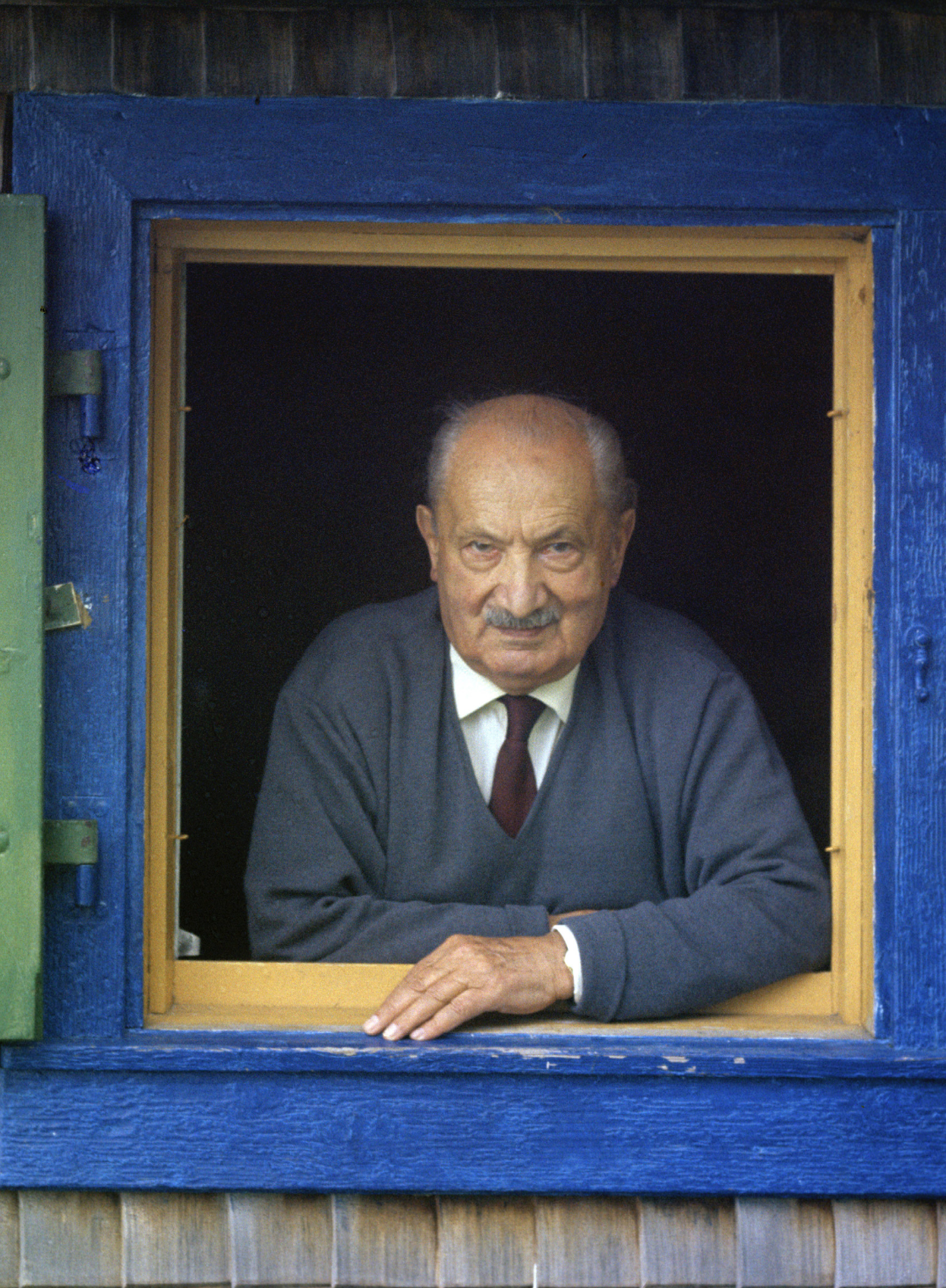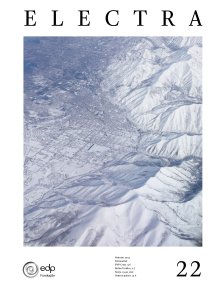The controversies and scandals surrounding authors who have taken objectionable stances, such as Céline or Heidegger, or who have held objectionable attitudes, such as Polanski or Gabriel Matzneff, have raised questions over the relationship between authors and their work. Can and should they be separated? Is there a relationship between the morality of the work and the morality of the author? If so, what consequences should we draw from this? Should they be ‘suppressed’, i.e. removed from circulation?
In my book Peut-on dissocier l’oeuvre de l’auteur?1, I argue that the author and the work are social constructs that have not always been clearly defined. From the divine inspiration that comes to the poet to the culture of imitating the ancients that prevailed during the Renaissance, other ways of thinking about the act of creation preceded the Romantic notion of creative originality, which is itself not unrelated to the emergence of intellectual property.
In his famous article entitled ‘What is an Author?’, Michel Foucault defines the author function as the unification of a series of discourses under a proper name. He points out that the legal attribution of works to an author (which in France dates back to the Edict of Châteaubriant of 1551, said edict requiring every author and printer to affix their name to published books) historically preceded literary and artistic property, which was not recognised until the 18th century (first in England and then in France). Before being a commodity, a work was a form of speech that could be subject to punishment.
The proper name indicates the relationship between the work and the author’s person, and therefore the author’s life. It also encapsulates the symbolic capital associated with the author by virtue of their work. This is what is meant by the expressions ‘to make a name for oneself in literature’ and ‘to be a great name in literature’. An author’s name is, however, a special form of proper name, referring less to a person than to a body of works attributed to that person.




Share article